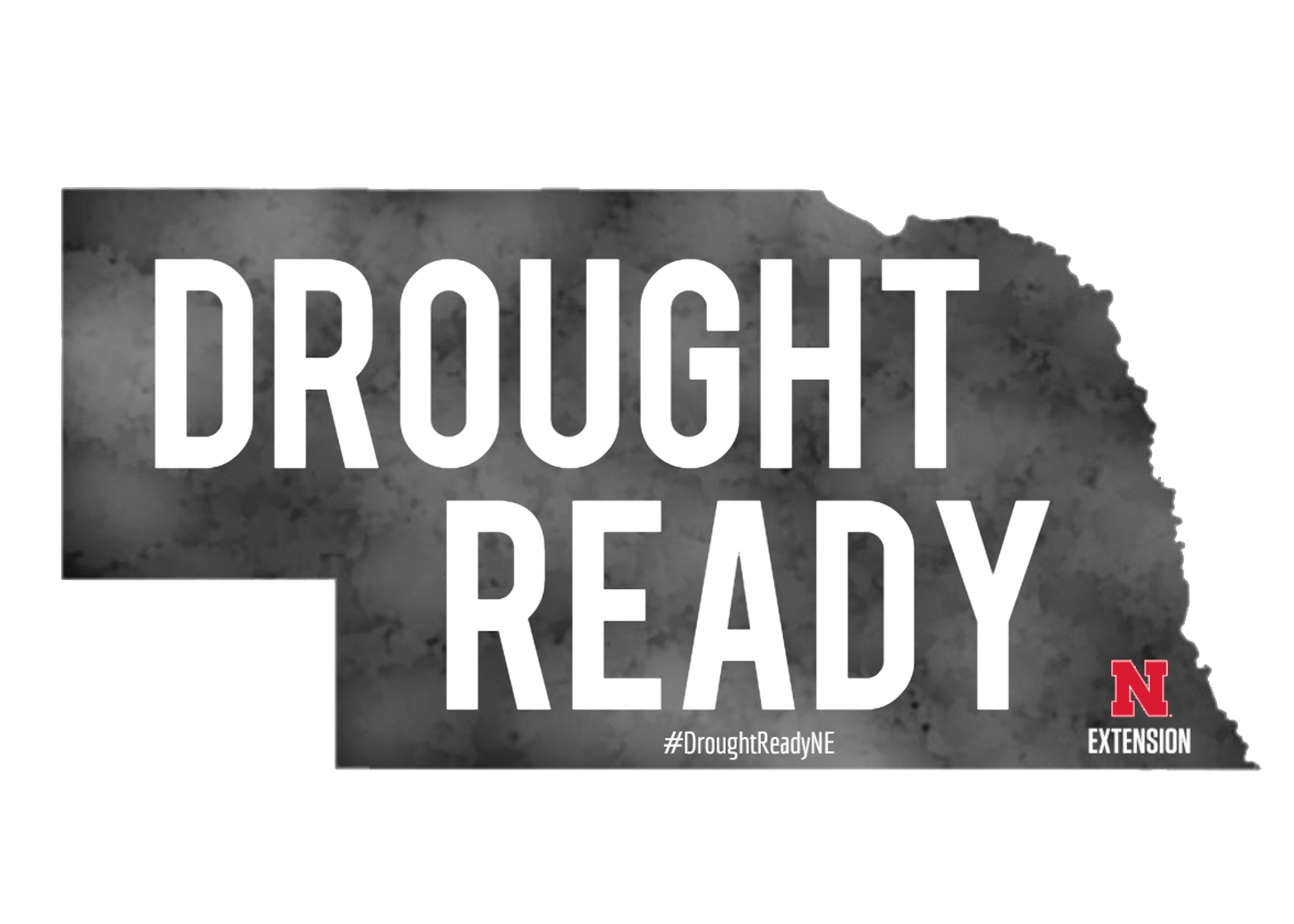
By Tyler Williams, Nebraska Extension Educator and Al Dutcher, Nebraska Extension Agricultural Climatologist
On March 15th the Climate Prediction Center released their latest summer outlook. This latest release indicates increased probabilities for drier than normal conditions in the southern plains. This is a change from the outlook last month, which had a target for increased probabilities for dryness centered over Nebraska (Figure 1 https://go.unl.edu/v4c2 and 2 http://droughtmonitor.unl.edu/CurrentMap.aspx ). Even though this summer outlook removed the significant dryness for Nebraska, the increased drought in the southern plains and lack of snow pack values in the southern Rockies is still concerning. Recent precipitation events have added some relief, but much of the significant moisture stayed north of the Kansas-Oklahoma border.
While we have been documenting the ongoing drought across the southern Plains for over 4 months, the hope was that snowpack levels would begin to show improvement and help contribute to a more aggressive precipitation pattern across southern High Plains region. Unfortunately, snowpack levels continue to disappoint and remain well below normal.
With the statistical peak of the southern Rockies occurring between mid-March (central New Mexico) and mid-April (southern Colorado), there is no time for significant recovery left in this snow season. Temperatures at lower elevations are beginning to increase dramatically, with 70’s and 80’s forecasted to return to the region as early as this weekend.
It is this heat that will need to be watched closely for northward expansion into the central Rockies as we proceed through April. Although the central Rockies area (including the Platte headwaters region) is below normal, it is not as dramatic as southern Colorado. However, most of the below normal snowpack readings are low elevations, while normal to above normal snowpack values are located at the higher elevation monitoring sites.
It is entirely possible that additional snowpack gains could still bring the central Rockies snowpack back to normal range (80-120% of normal). However, the lack of low elevation snowpack, indicates an inherent risk of earlier than normal loss due to melting if above normal temperatures spread north out of the southern Rockies.
DROUGHT READY NEBRASKA
Droughts can often occur quickly and unpredicted. The temperature, precipitation, and evapotranspiration (ET) patterns during the growing season in the central plains create a high risk of rapid soil moisture depletion and short-term drought conditions. The average precipitation during the months of June and July total approximately 9 inches in southeast Nebraska and 5 inches in the Panhandle. Without adequate soil moisture in the profile, typical precipitation is not adequate to keep up with grass ET. We are fortunate thus far in the spring to have decent soil moisture compared to neighboring states.
The high potential for rapid onset of drought during the growing season reduces the time allowed for in-season management decisions and preparation. Having a drought plan, which incorporates “triggers” or tools to monitor drought conditions may be useful to not be caught off-guard. The Drought Monitor, created each week by the National Drought Mitigation Center, provides a collaborative and intensely-reviewed depiction of short and long-term drought conditions (Figure of Drought monitor). Many drought plans utilized tools such as the drought monitor to modify stocking rates or weaning dates.
The Evaporative Demand Drought Index (Figure of one month index https://www.esrl.noaa.gov/psd/eddi/), for example, is an experimental drought monitoring and early warning guidance tool. This tool provides near real-time information and can signal the early onset of drought conditions or a “flash” drought. Over the last month or two, the northern plains have received moisture to reduce the impact of last summers’ drought. There has also been rapid dryness in the southern plains. The EDDI shows this transformation of drought conditions in areas around us; however, Nebraska is still showing very little impact from drought. Many other tools and resources are available on the drought page: https://beef.unl.edu/cattleproduction/drought
Ultimately, the best time to plan for a drought is before the drought happens. No one can be certain what this grazing season will bring, but we know a drought is likely sometime in our future. There will be portions of Nebraska in any given growing season that will be susceptible to drought or flash drought conditions because of the variability in the warm season precipitation in the central High Plains region, so being prepared will hopefully mitigate risk and reduce losses. Experts from Nebraska Extension and the University of Nebraska – Lincoln can help develop a plan or answer questions related to your concern. Find an Expert: https://epd.unl.edu/
To listen to BeefWatch podcasts go to: https://itunes.apple.com/us/podcast/unl-beefwatch/id964198047 or paste http://feeds.feedburner.com/unlbeefwatch into your podcast app.